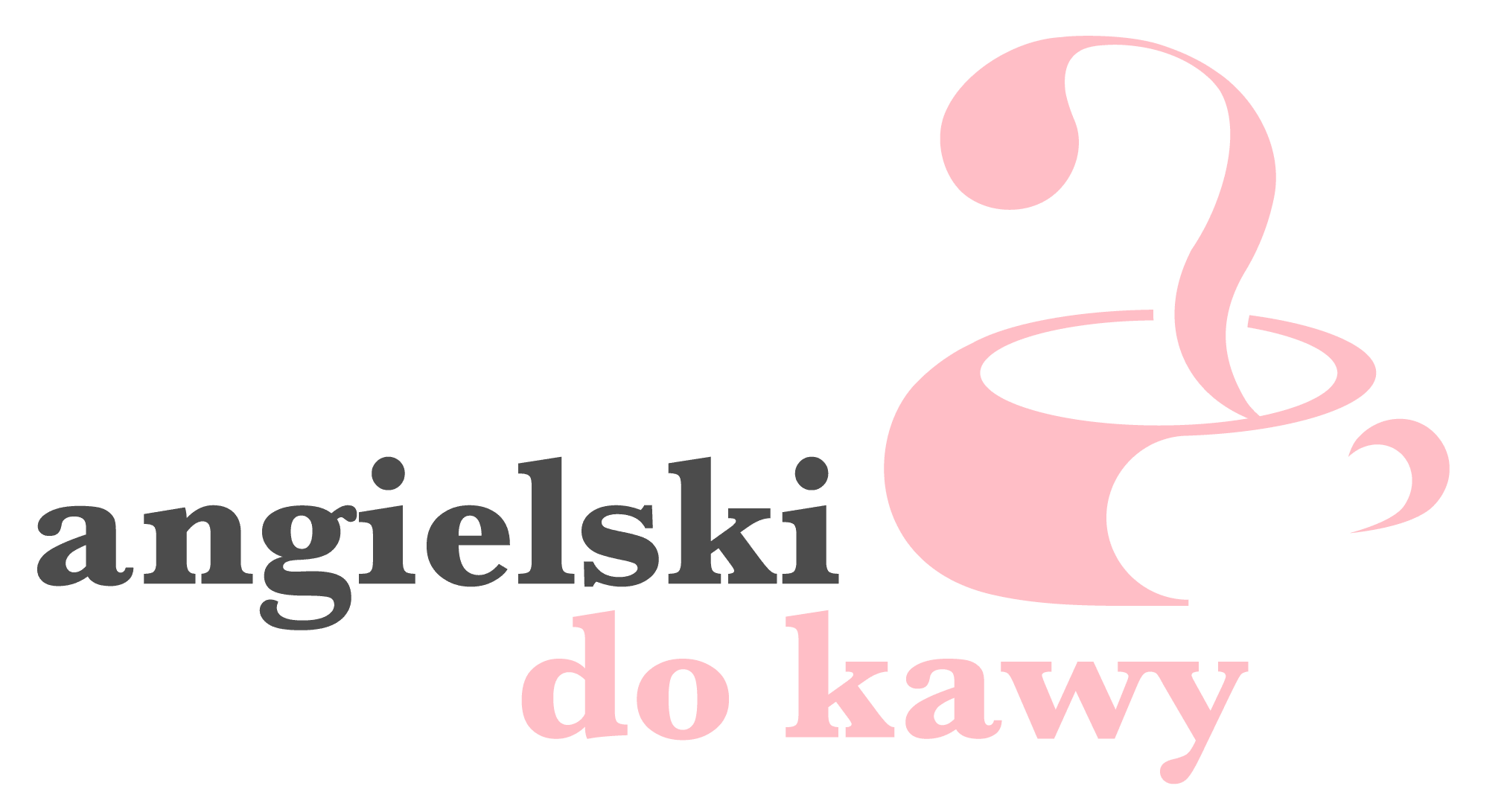BIRTH OF THE COOL: THE EMERGENCE OF THE TEENAGER IN MID-20TH-CENTURY EUROPE
Puberty or adolescence, commonly situated between 12 and 20 years of age, is the time in which children start their road to self-sufficiency, gaining independence from the home in which they grew up. The appearance of public education options in the 20th century, providing a more affordable and more accessible alternative to private and church schooling, was a vital factor in this evolution.While the earliest use of the word ‘teenager’ can be traced to the 1900s, it wasn’t until the 1950s that the term was commonly used. This coincides with the post-war economic boom in Western Europe: parents had fewer kids and more money to spend, as a result of which youth was increasingly targeted as a consumer market.
At the same time, teenagers became the drivers of their own subcultures in music, clothing, film, games, television programmes, books and magazines. While the mid-century bobby socks and poodle skirts mainly exerted influence on how youngsters dressed, later fashion trends came to rule the entire market. T-shirts, mini-skirts and bell-bottom trousers thus became ubiquitous from the 1960s onward.
The thriving economy of the 1980s and 1990s again allowed teens to indulge in their own fashion preferences, this time gravitating to clothing featuring names and logos that more clearly identified them as a separate, interconnected community.
As tomorrow’s adults, teenagers at the end of the century became trendsetters closely watched and serviced by all of society, giving rise to the notion of a ‘teenocracy’ as a replacement for the rule of the elders – the gerontocracy – that was in place previously.
The most surprising factor in the formation of distinct teen culture is the importance of emerging technologies. When cars became more prevalent in the post-war period, teens gained the independence to undertake adventures, establish networks and develop relationships away from home – leaving their parents with fears about the experiments, deviance or trouble they might get into.
From new population class, booming consumer market, and possible security threat, the teenager by the end of the 20th century had become a driver of trends and a benchmark for what’s cool or not.
Źródło artykułu: Europeana Foundation. Licencja CC BY-SA 4.0.
Definicje i przykłady zdań pochodzą ze słownika Cambridge Dictionary.
VOCABULARY
emergence /ɪˈmɜː.dʒəns/ – the fact of something becoming known or starting to exist;
pojawienie się
puberty /ˈpjuː.bə.ti/ – the stage in people’s lives when they develop from a child into an adult because of changes in their body that make them able to have children;
okres dojrzewania płciowego
adolescence /ˌæd.əˈles.əns/ – the period of time in a person’s life when they are developing into an adult;
okres dojrzewania
self-sufficiency /ˌself.səˈfɪʃ.ən.si/ – the quality of being able to take care of yourself, to be happy, or to deal with problems, without help from other people;
samowystarczalność
affordable /əˈfɔː.də.bəl/ – not expensive;
przystępny, w przystępnej cenie
vital /ˈvaɪ.təl/ – necessary for the success or continued existence of something; extremely important;
niezbędny, istotny
trace /treɪs/ – to discover the causes or origins of something by examining the way in which it has developed;
śledzić np. postęp, historię
coincide /ˌkəʊ.ɪnˈsaɪd/ – to happen at or near the same time;
zbiegać się (w czasie), zaistnieć jednocześnie
target /ˈtɑː.ɡɪt/ – to direct advertising, criticism, or a product at someone;
kierować (coś do kogoś)
bobby socks /ˈbɒbi sɒks/ – a style of women’s socks, white, ankle length or collected at the ankle, instead of at full extension up the leg (wikipedia.org);
wywijane skarpetki do kostek
poodle skirts /ˈpuːdəl skɜːts/ – wide swing felt skirts of a solid color displaying a design appliquéd or transferred to the fabric; the design was often a coiffed poodle (wikipedia.org);
spódnice z koła (luźne tłumaczenie)
exert /ɪɡˈzɜːt/ – to use something such as authority, power, influence, etc. in order to make something happen;
używać, wywierać
ubiquitous /juːˈbɪk.wɪ.təs/ – seeming to be everywhere;
wszechobecny, powszechny
thriving /ˈθraɪ.vɪŋ/ – growing, developing, or being successful;
prosperujący, kwitnący
indulge /ɪnˈdʌldʒ/ – to allow yourself or another person to have something enjoyable, especially more than is good for you;
pozwalać sobie / komuś na coś, dogadzać sobie / komuś
gravitate /ˈɡrævɪˌteɪt/ – to be attracted to or move toward something;
skłaniać się (ku czemuś)
distinct /dɪˈstɪŋkt/ – clearly noticeable; that certainly exists; clearly separate and different (from something else);
różny, odmienny, wyraźny
prevalent /ˈprev.əl.ənt/ – existing very commonly or happening often;
przeważający, powszechnie występujący
undertake /ˌʌn.dəˈteɪk/ – to do or begin to do something, especially something that will take a long time or be difficult;
podjąć się, przedsięwziąć
deviance /ˈdiː.vi.əns/ – the quality of not being usual, and of being generally considered to be unacceptable;
odchylenie od normy, dewiacja





Klaudia
Najlepiej przygotowane artykuły w całym internecie 🙂 Dziękuję za całą Twoją pracę
Aleksandra
Dziękuję za tak pozytywny feedback! Cieszę się, że z nich korzystasz 🙂